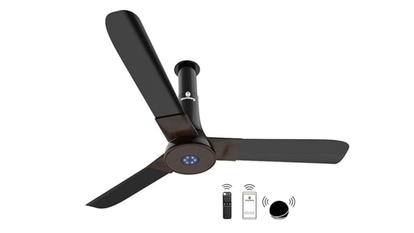Want to know where space starts? Find out
NASA scientist explains about the starting point of space.
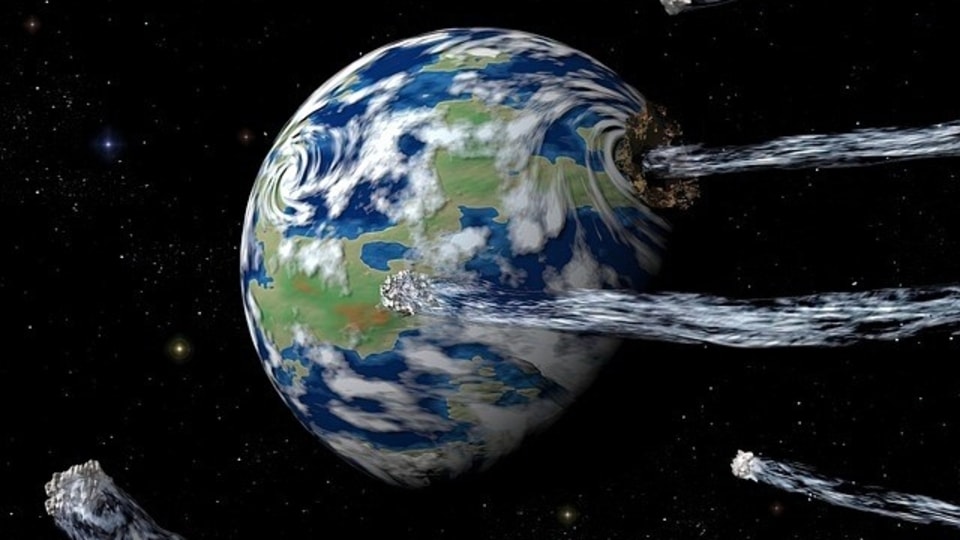
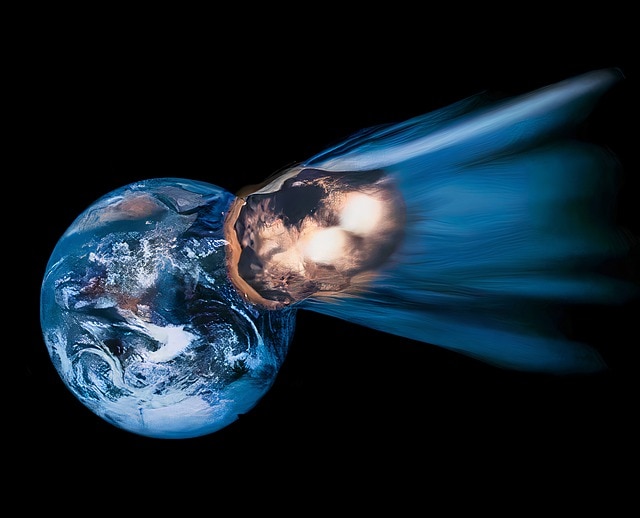
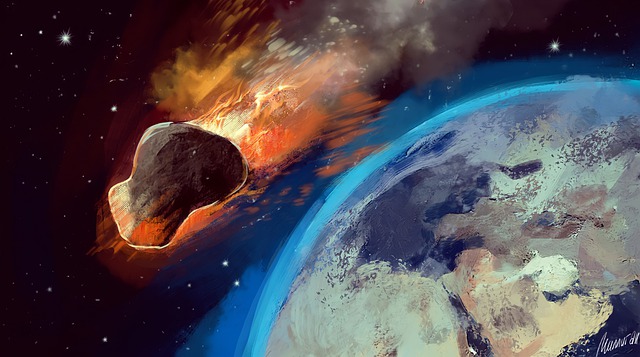
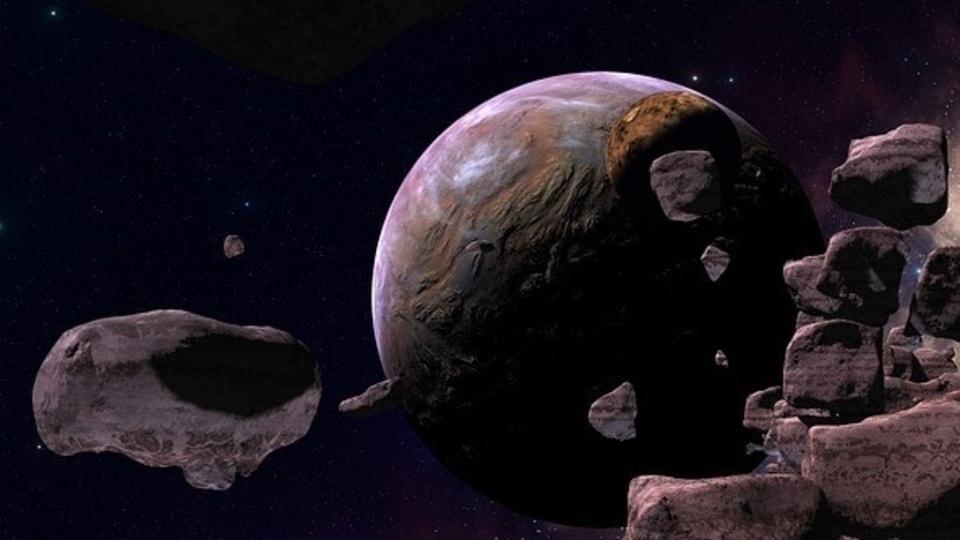
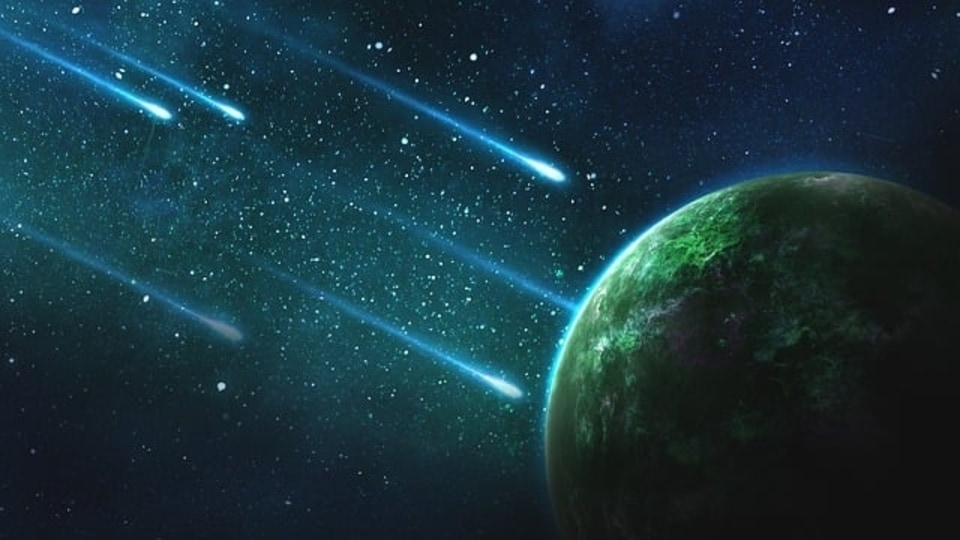
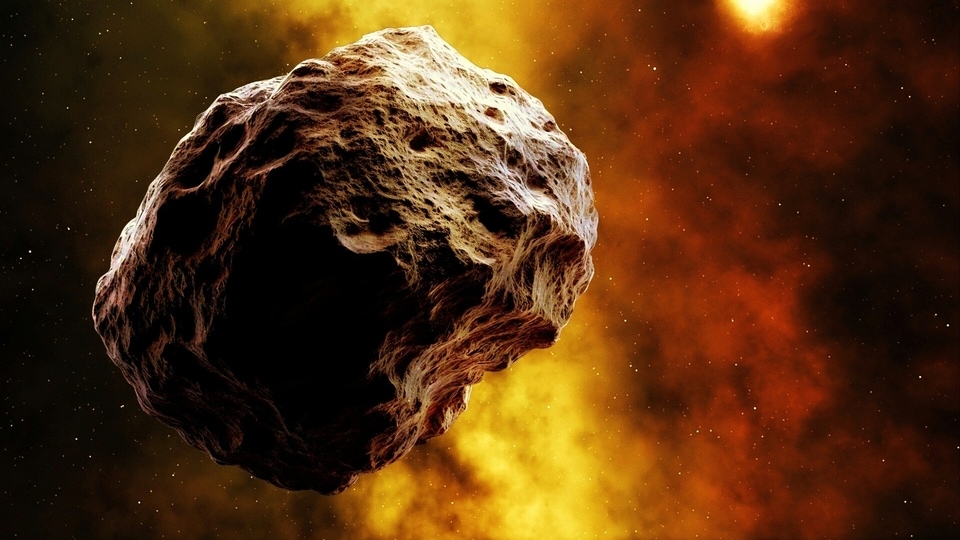
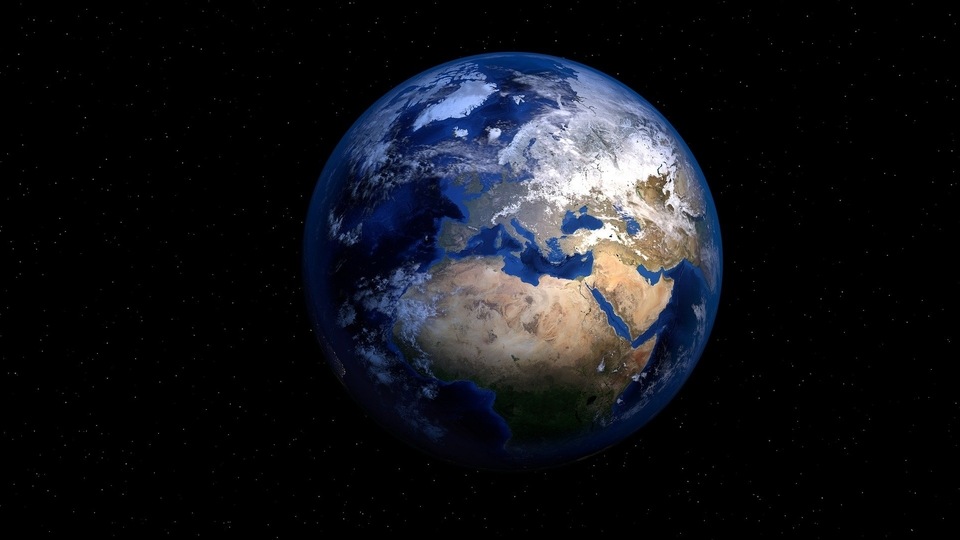
 View all Images
View all ImagesSpace is a word that generates images of vast, empty, dark and scary areas out there up in the sky somewhere. However, that nebulous definition is not exactly right. So,where does space actually begin? The answer is not straightforward and a NASA scientist, Doug Rowland, stepped forward to explain it.
What NASA says?
As NASA explains it, “For purposes of spaceflight some would say at the Karman line, currently defined as an altitude of 100 kilometers (60 miles). Others might place a line 80 kilometers (50 miles) above Earth's mean sea level. But there is no sharp physical boundary that marks the end of the atmosphere and the beginning of space.”
Rowland takes the argument much further, or shall we say, higher. He said, “The concept of where space begins depends on one's perspective, and it can also be linked to the question of where the Earth's atmosphere ends."
So, where is that? He explained, "When we think of the Earth's atmosphere, it extends beyond Mount Everest and the altitude where airplanes fly.”
He added, “The atmosphere continues upward, gradually becoming less dense as we go higher. Even at very high altitudes, there is still some air present, as observed around the region where the International Space Station orbits.”
So, again, where does space begin? The answer becomes a matter of perspective, he said and added, "If we inquire about where the Earth's atmosphere ends, it's approximately 400 miles above our heads."
He concluded by saying, "However, it's crucial to remember that the space above that boundary is not empty; it's filled with various fascinating elements and phenomena, which NASA actively explores and studies.“
The space just beyond our familiar Earth atmosphere, while inhospitable for humans, is not completely empty. It contains various elements, such as ionized gas and radiation, making it a dynamic and intriguing environment. NASA studies this region and refers to it as "space weather," as it has unique and complex phenomena.
Rowland concluded by saying, "In a sense, we can consider ourselves to be within the atmosphere of the Sun. There's a transition from the Earth's atmosphere to the Sun's atmosphere as we move further away from our planet. At some point, we reach the heliopause and the heliosphere boundary, beyond which we can truly say we are outside the Sun's influence."
Catch all the Latest Tech News, Mobile News, Laptop News, Gaming news, Wearables News , How To News, also keep up with us on Whatsapp channel,Twitter, Facebook, Google News, and Instagram. For our latest videos, subscribe to our YouTube channel.










